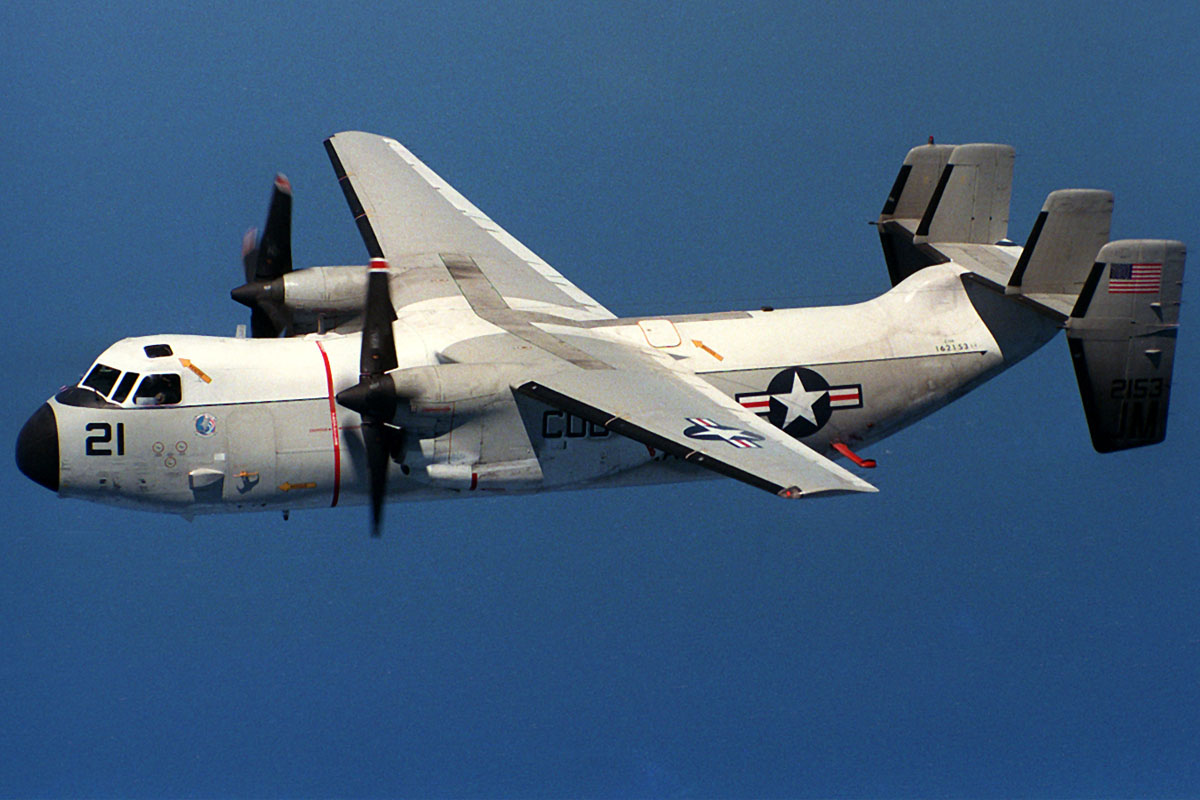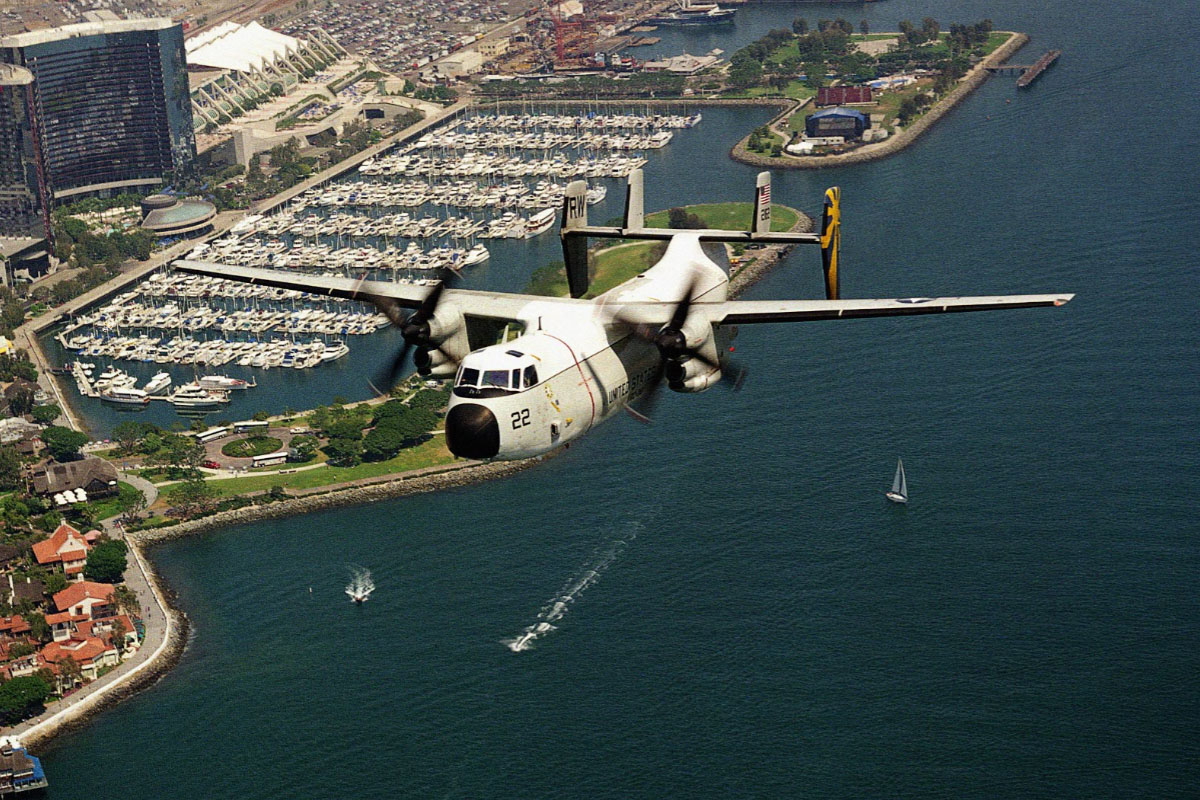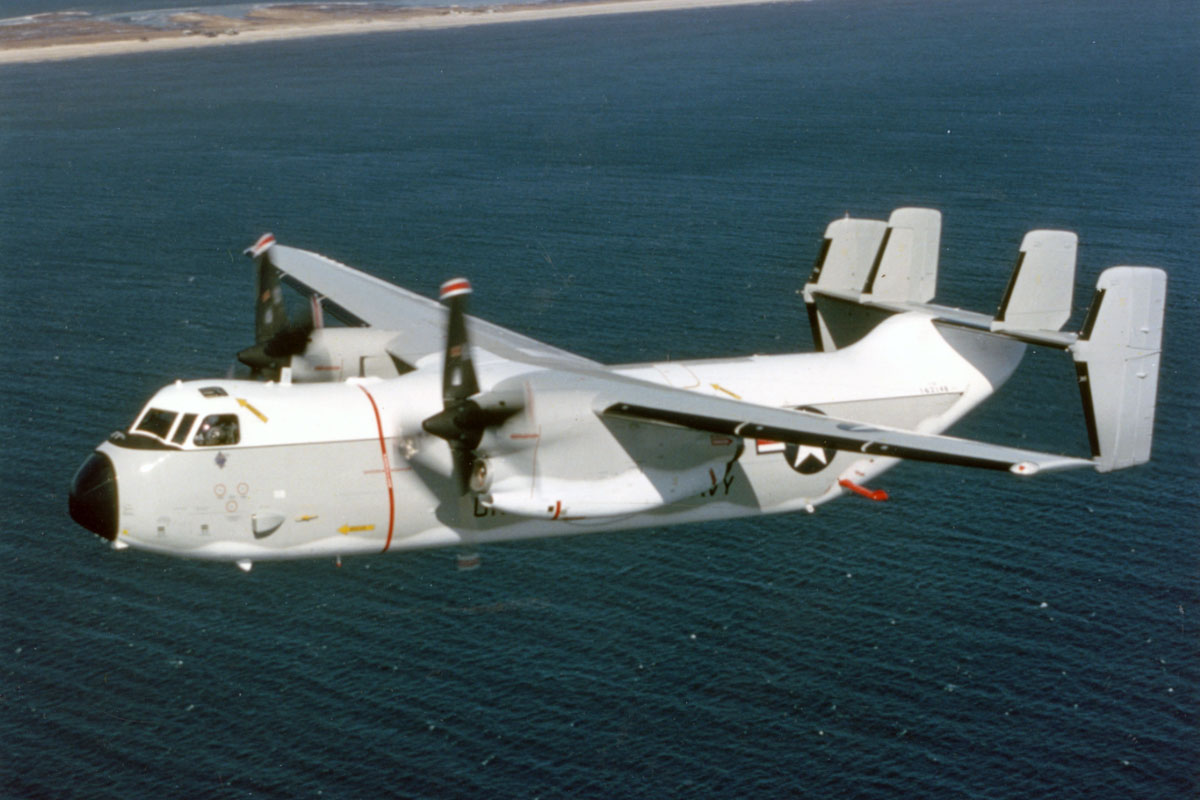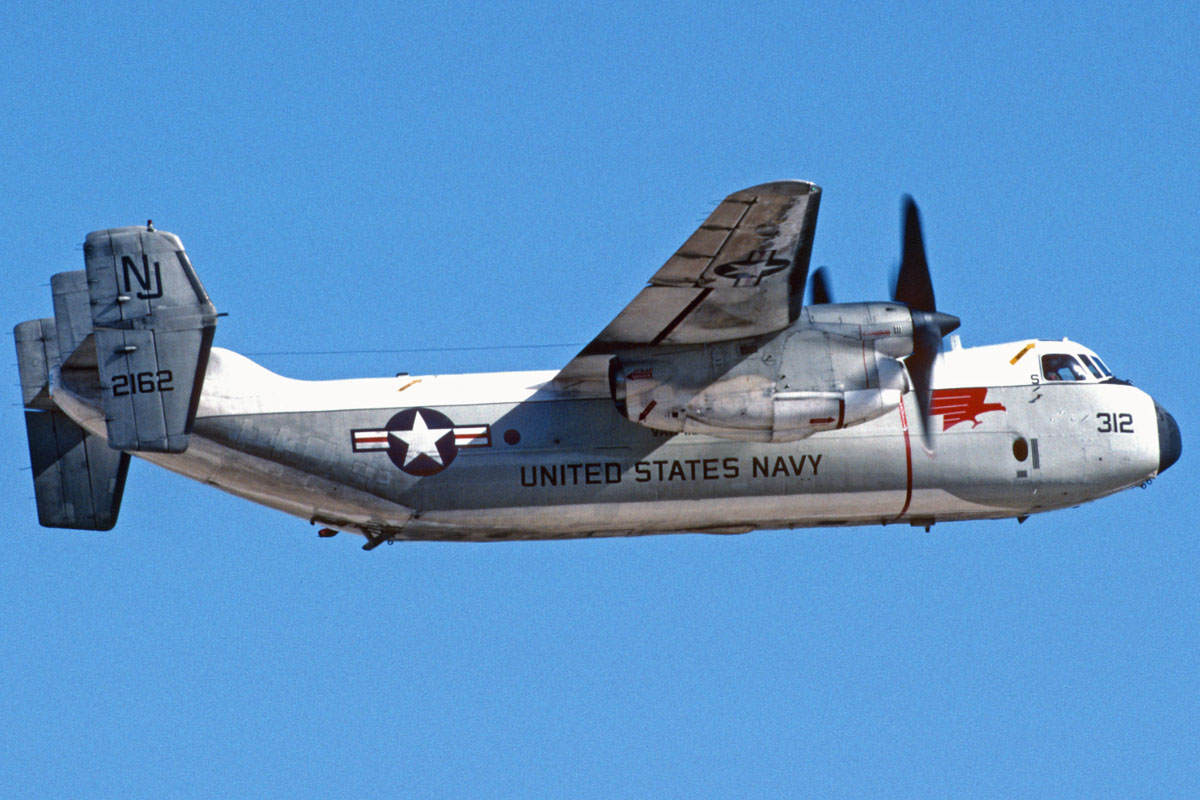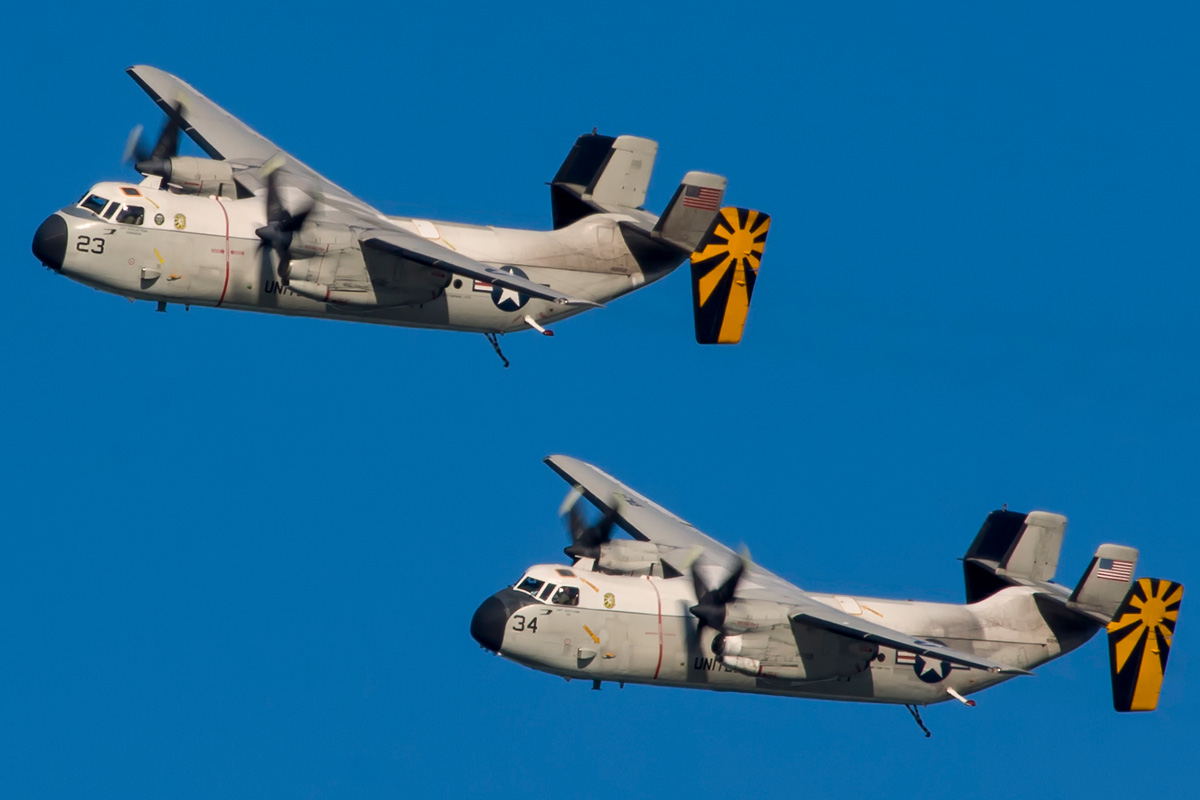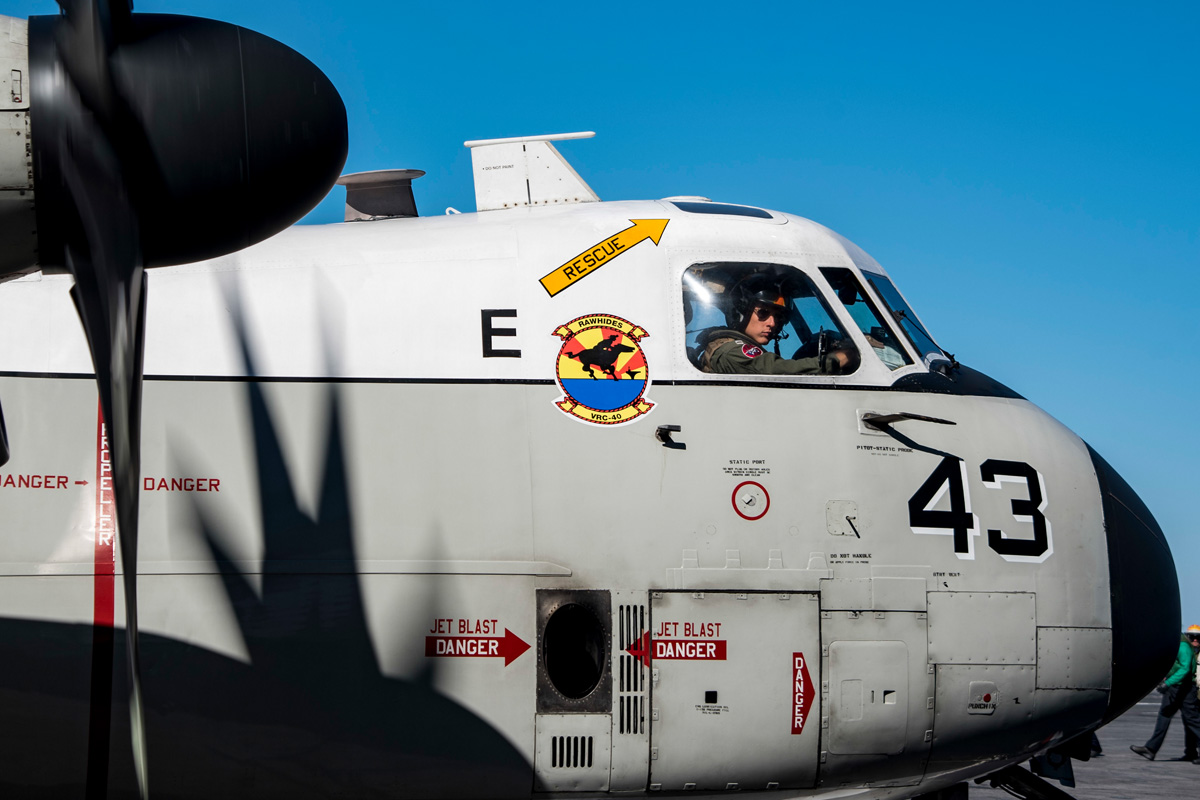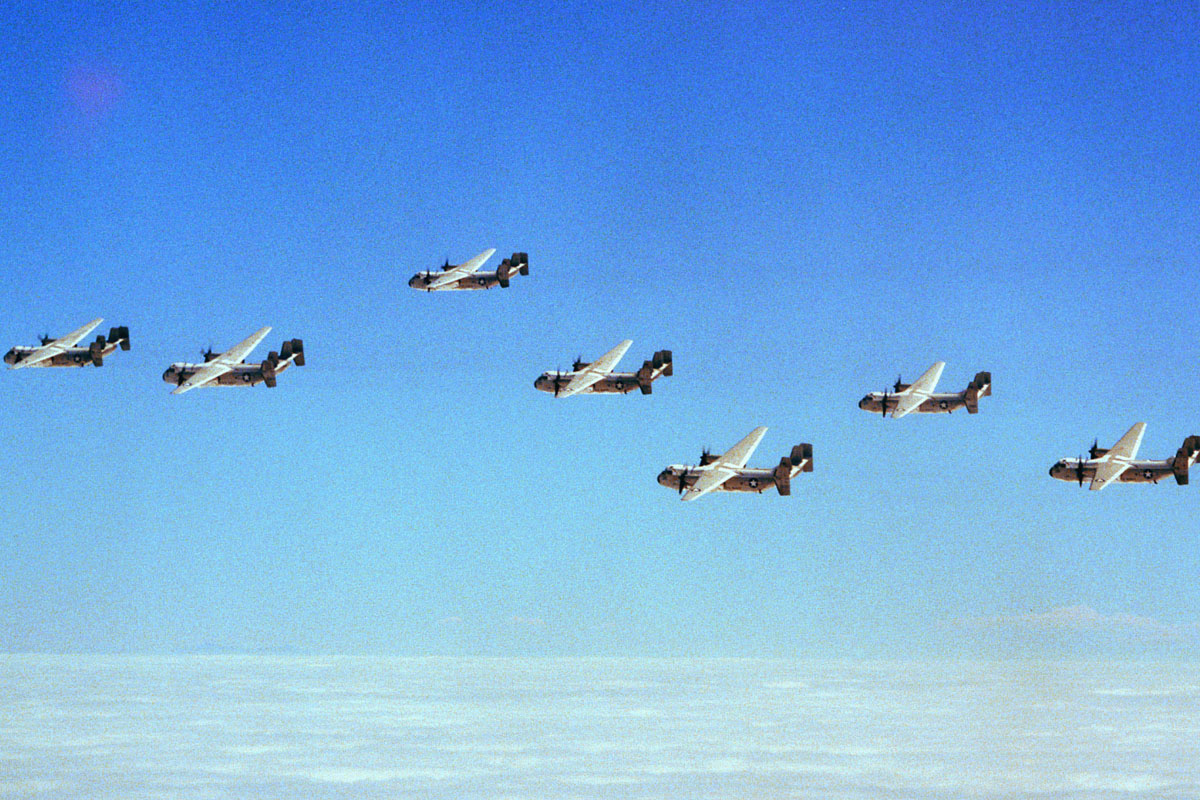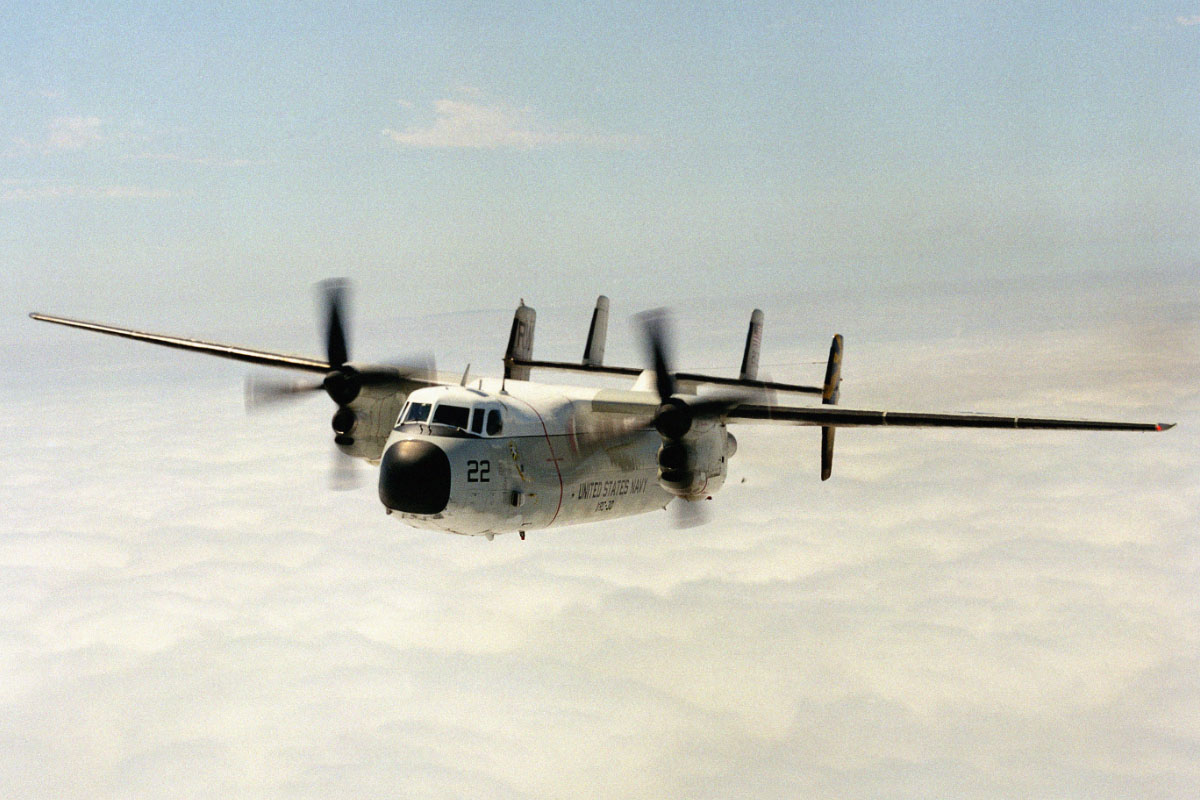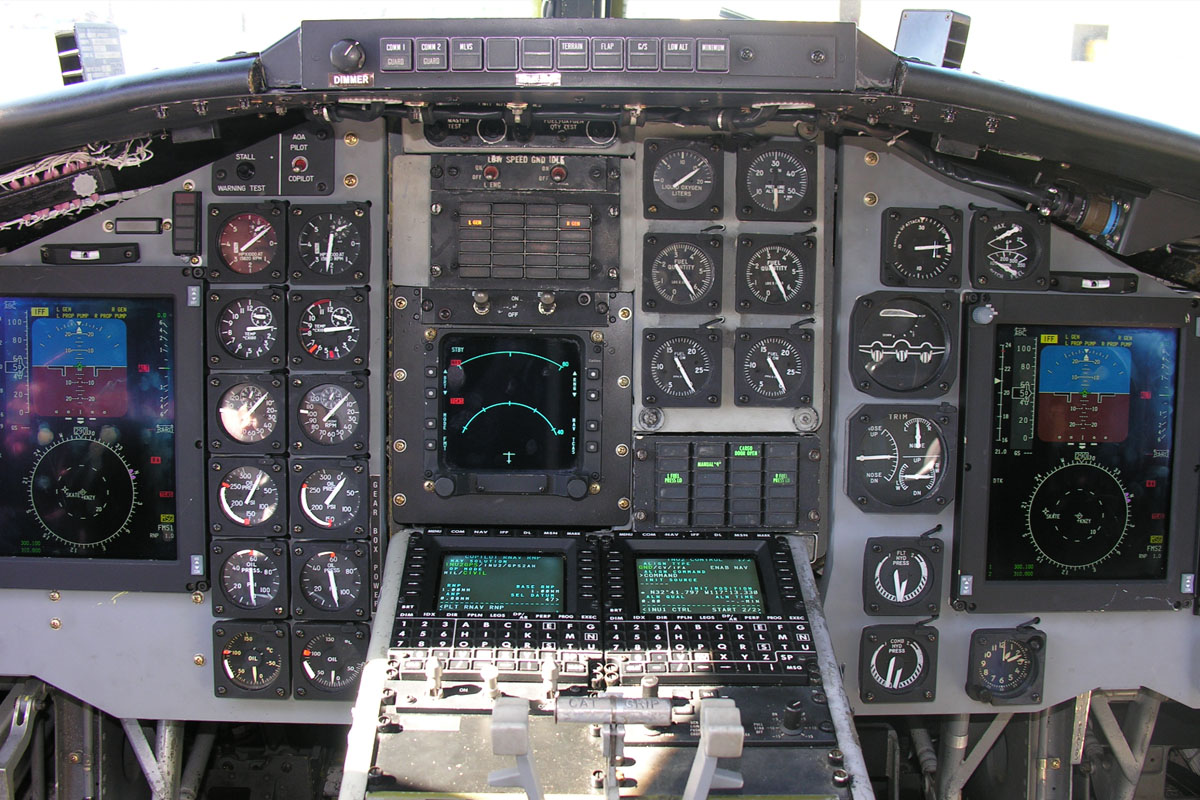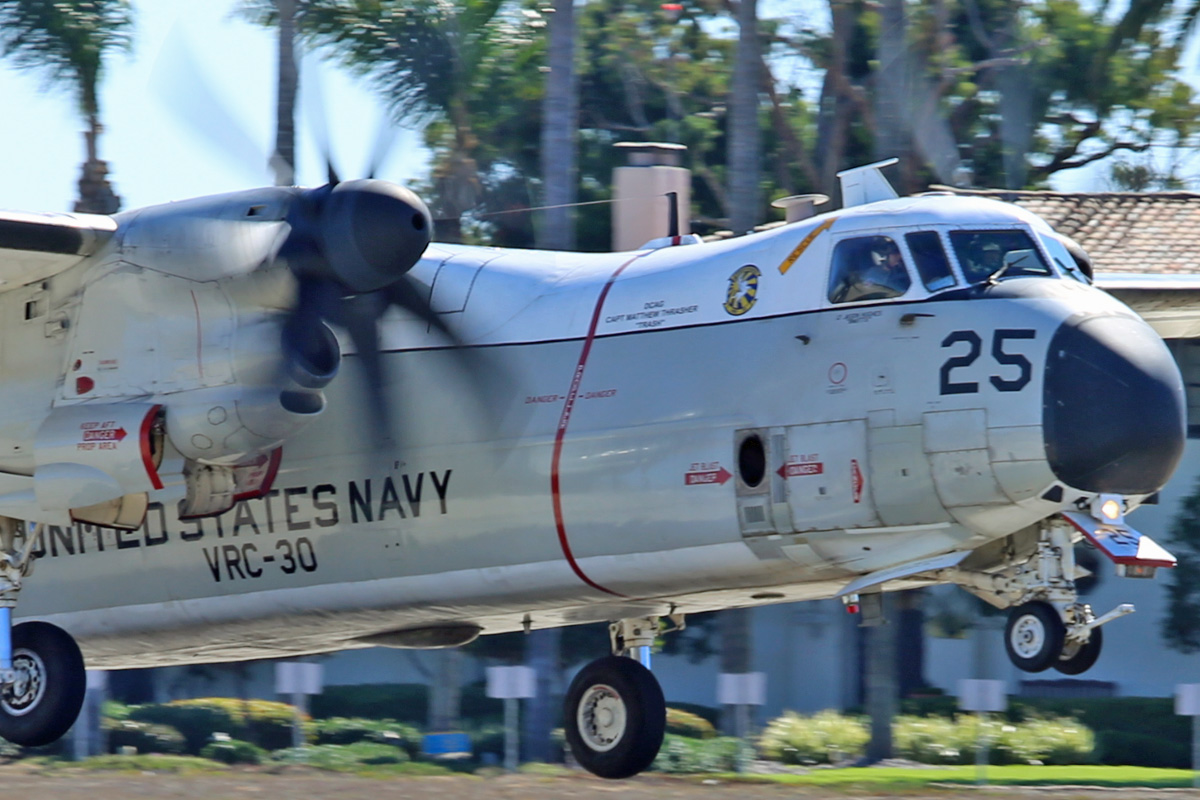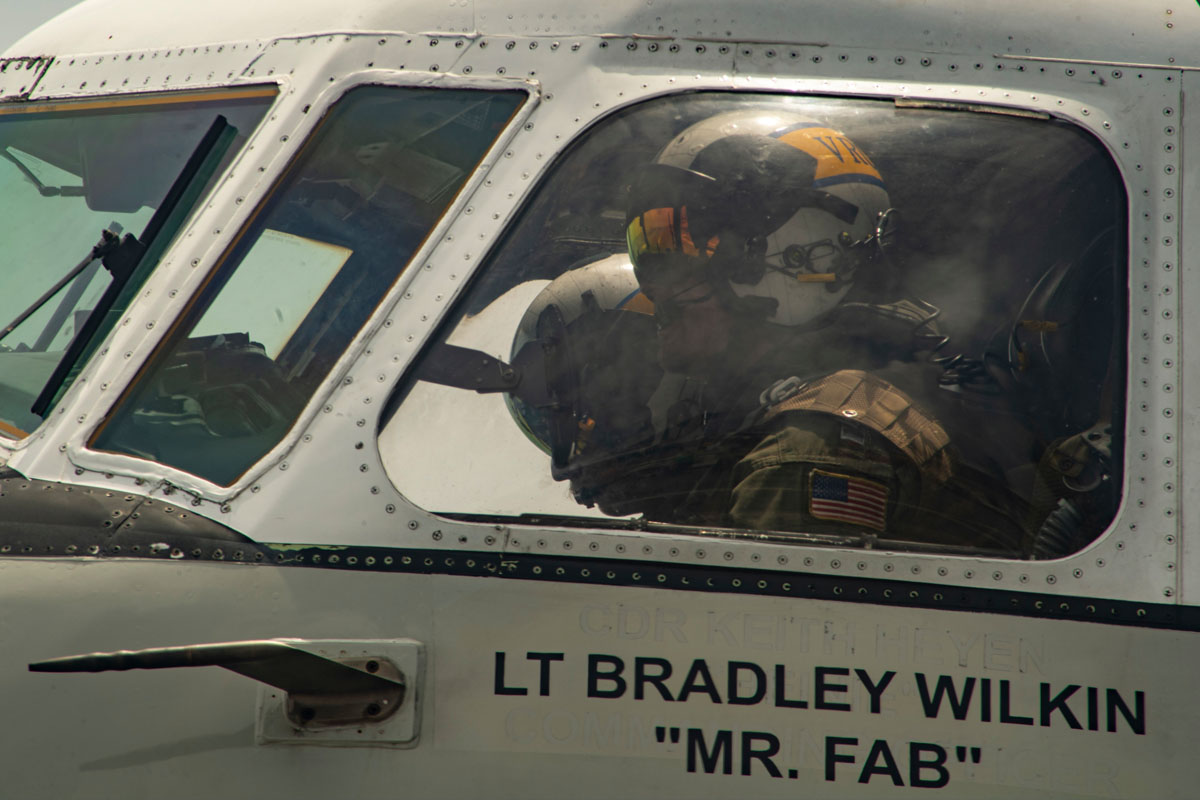Today, the concept of "Carrier-Onboard-Delivery," or COD for short, is well-known to everyone in naval aviation. But this wasn't always the case, mainly because in the early days of aircraft carriers, their operational range relied on the distance to the nearest supply point. This dependency became particularly apparent during the Korean War, as it significantly reduced the fleet's operational capabilities. Military objectives could be achieved more efficiently if the carrier could remain in the operational area, a goal that could be accomplished by supplying it with essential resources through air delivery.
A solution arose to convert existing World War II aircraft for this mission. The Grumman Avenger torpedo bomber (TBF) proved to be the most suitable due to its robustness and carrier-based design with folding wings. The TBF was used in World War II and remained readily available in large numbers. To convert it into the first COD-aircraft for at-sea resupply, armaments and associated equipment were removed and seats for personnel and cargo holds were added, resulting in the TBM-3R. COD was "born."
- more can be found in my latest publication and soon in the sundown book of VRC-30 -
